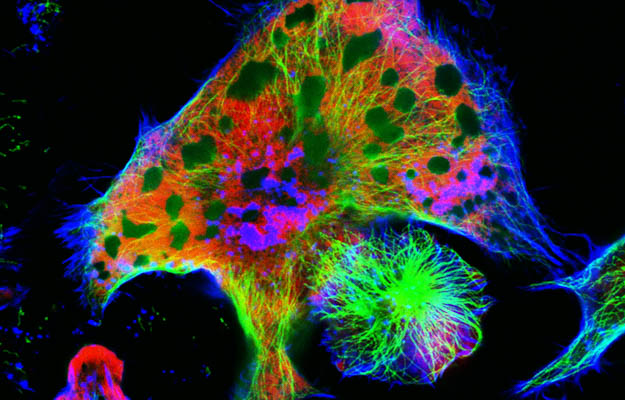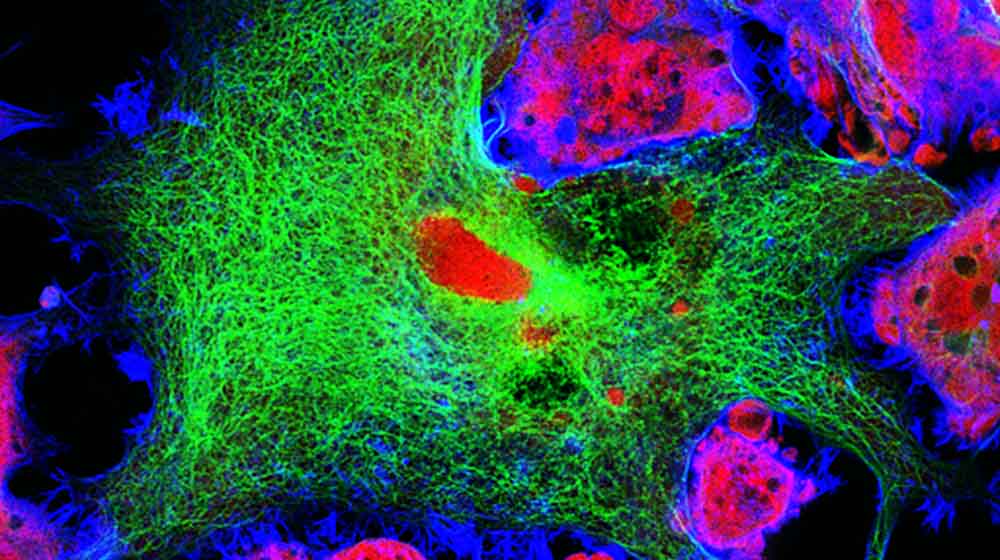Neuroblastomas, found in the adrenal glands, are cancers that start in early nerve cells (called neuroblasts). Children aged five or younger are most commonly affected.
The high-risk disease is associated with half of the children diagnosed with neuroblastoma, which is excessively contributing to cancer-related childhood deaths.
As well as recurring gene mutations, there is growing evidence favoring the role of epigenetic deregulation in disease development. However, more complete non-coding DNA accounts are still needed.
A new study on super enhancers proposes that there could be more epigenetic subtypes for neuroblastoma than previously thought. This includes epigenetic characteristics related to inferior clinical outcomes in children with peripheral sympathetic nervous system tumors.
Read the original publication of this study here: Super enhancers define regulatory subtypes and cell identity in neuroblastoma
This study aimed to identify super-enhancer-driven epigenetic subtypes and their underlying master regulatory networks

Super Enhancers Define Regulatory Subtypes and Cell Identity in Neuroblastoma
The team profiled 60 neuroblastomas, covering the different clinical and molecular subtypes.
Whole-genome sequencing, RNA sequencing, allele-specific copy number estimation sequencing (ACE-seq), ATAC-seq, and several other approaches to profile genomic and regulatory features in dozens of neuroblastoma tumors were relied upon.
The analyses encompassed 49 newly profiled primary neuroblastoma tumors, 8 tumors from relapsed neuroblastoma cases, and 3 metastatic neuroblastoma tumors, as well as super-enhancer expression profiles on hundreds of neuroblastoma tumors. The data was considered in combination with available genomic and epigenomic data, including histone profiles on another 23 neuroblastomas and two related cell lines.
The findings suggested that three of the four super enhancer-based subtypes tracked with known clinical subtypes. Even so, the team noted that more than half of the specific super-enhancers identified in the study appeared to be tumor-specific, underscoring the importance of profiling patient samples as well as available cell lines.
Researchers noted that a RAS signaling pathway subtype was inclined to be over-represented in tumor samples from individuals with relapsed neuroblastoma. That subtype shared features with Schwann precursor cells, though the presence of normal, infiltrating Schwann cells in other neuroblastoma tumors tended to turn up in cases with better clinical outcomes.
Takeaways:
- Overall, this study reveals subtype-specific super-enhancer regulation in neuroblastomas.
- The findings have further defined the adrenergic group into MYCN-amplified, MYCN non-amplified high-risk, and MYCN non-amplified low-risk signatures.
- The study opens up translational avenues for therapeutic interventions targeting the spectrum of cellular identities that drive neuroblastoma development.
- Super enhancer profiles (and other regulatory features) might lend a hand in differentiating between neuroblastoma cases with better or worse clinical outcomes.
You can read the original publication of this study here: Super enhancers define regulatory subtypes and cell identity in neuroblastoma





